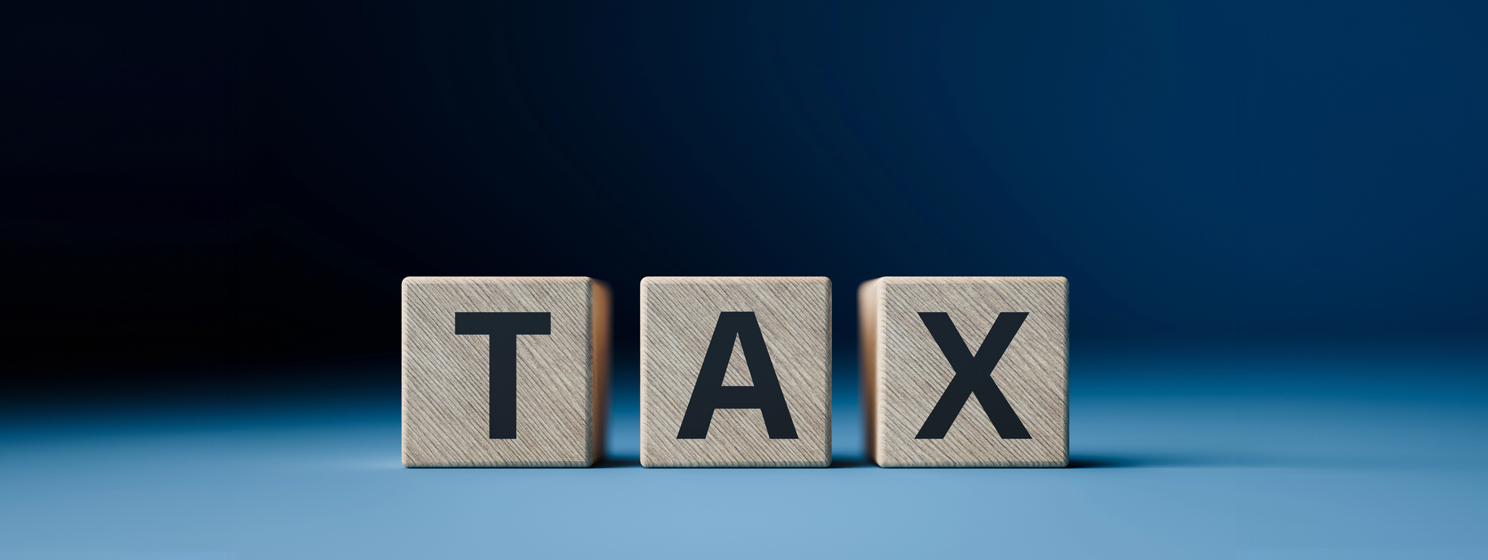|
Getting your Trinity Audio player ready...
|
Circle’s stablecoin is officially native on the Base blockchain, which, despite its ‘decentralized’ claims, had to be rebooted by its owners, Coinbase (NASDAQ: COIN), following a technological breakdown.
This week, Circle trumpeted the official arrival of the USDC stablecoin on Base, the Ethereum ‘layer 2’ owned and operated by U.S. digital asset exchange Coinbase. USDC was previously available on Base only via a bridged version (USDbC) that represented USDC already issued on Ethereum.
Given Base’s early reputation for rolling out the welcome mat for scammers and rug-pullers, Circle could be taking a major reputational chance here. But with USDC’s $26 billion market cap having fallen by one-half over the past year, it’s clear that desperate times call for desperate measures.
Base’s reputation as a blockchain under Coinbase’s centralized control masquerading as ‘decentralized’ was reinforced Tuesday after the chain abruptly stopped processing transactions. Base’s status page initially declared that it was “investigating a stall in production of blocks” after customers reported “issues submitting transactions.”
The centralized authorities governing this decentralized blockchain eventually identified the problem and deployed a fix, but Base continued to have remote procedure call (RPC) issues for a few more hours until things returned to normal.
Being forced to leap into action to apply the defibrillator paddles to Base vividly demonstrates the lack of progress Coinbase is making on its promise to “progressively decentralize the chain over time.” When Base was first announced in February, Coinbase committed only to achieving decentralization “over the years ahead.”
For the time being, Coinbase remains Base’s sole ‘sequencer’ with the authority to validate on-chain transactions. This raises all sorts of uncomfortable questions regarding whether Coinbase’s role as Base’s transaction facilitator could violate its various state-level money transmitter licenses.
Sequencing fees—estimates project as high as $30 million annually—are how Coinbase will monetize Base, at least, according to CEO Brian Armstrong in the analyst call following last month’s Q2 earnings report. Coinbase head of protocols/Base lead Jesse Pollak later downplayed that statement, telling a crypto news outlet that fees would “not be the primary focus from a revenue perspective for [Base].” Instead, “monetization efforts” would focus on the amorphous concept known as “the user experience,” which we humbly suggest includes users getting their transactions validated.
Lend us a tenner
Coinbase’s pursuit of anything remotely resembling revenue is largely spurred by the fact that it’s been over a year-and-a-half since the company posted a profit. What else could explain the company promoting its new digital asset lending product, given (a) the warnings Coinbase received from U.S. regulators about its previous attempts to launch lending products, and (b) the raft of bankruptcies and collapses (BlockFi, Celsius, Genesis, Voyager, etc.) among lending firms over the past 18 months?
Coinbase insists this time will be different, partly because it’s focusing on institutional lenders, not hapless retail rubes. The idea is for institutions to lend their digital assets to Coinbase, who will then work their wonderful magic to make those assets grow. In a September 1 filing with the U.S. Securities and Exchange Commission (SEC), Coinbase claimed to have already raised $57 million for the program.
Coinbase teased the lending program’s launch via its Q2 shareholder letter, referencing something called Coinbase Prime Financing that launched on the QT during the quarter. Coinbase described it as “a fully integrated trading, financing, and custody solution, allowing clients to deploy long and short leverage based on dynamic, risk-based margining aligned with best in class traditional finance principles.” (Gambling, guys. Just say gambling.)
The institutional lending push comes just a few months after Coinbase shut its Borrow program, which allowed customers to borrow up to $1 million using their BTC tokens as collateral. The new lending program is being managed by the same team that ran Borrow.
The Centre cannot hold
Coinbase got very spoiled by the recent rise in U.S. interest rates, allowing it to generate significant revenue—nearly one-third of Q2’s total—from custodying USDC and investing USDC’s reserves in T-bills. But the sudden decline in USDC’s market cap is strangling this golden goose, leading to a frenzied search for alternative revenue sources.
These challenges contributed to last month’s dissolution of the Centre consortium, a group consisting solely of Circle and Coinbase that jointly managed USDC. The parameters of the two parties’ revised relationship were remarkably short on specifics, but a new profile of Circle by Fortune’s Leo Schwartz offers a lot of heretofore unknown details regarding its surprisingly fractious relationship with Coinbase.
Circle’s original 2018 deal with Coinbase included what Schwarz called a “convoluted formula” under which interest on USDC reserves was shared, including which partner minted how many USDC tokens and where these tokens were held. There wasn’t much squabbling over this revenue while USDC’s market cap was under $1 billion. But as that cap grew, Schwarz said the two parties began to “bicker over how to share the proceeds.”
A person familiar with Coinbase said the two companies’ “incentives were not aligned to grow things. It wasn’t working well.” Circle originally partnered with Coinbase, knowing that the exchange had the customers that USDC needed to grow. But with USDC’s rise to prominence—particularly in the realm of so-called ‘decentralized finance’—Circle outgrew that need.
The onset of ‘crypto winter’ not long after Coinbase’s flashy 2021 debut on the Nasdaq exchange left the exchange ever more reliant on USDC interest as retail trading commissions dried up. In the meantime, Circle was tasked with handling most of the governance, while Coinbase got paid simply for continuing to promote USDC to its customers.
The revised deal struck in August—which converted Coinbase’s share of the Centre partnership into an equity stake in Circle—was said to involve no cash changing hands. But Circle is now solely responsible for minting, which Schwarz said removes “the incentives for one firm to undercut the other.”
While Centre initially set itself up as an LLC so that it could ultimately transition into a non-profit, a former Centre staffer told Schwarz this wasn’t their experience. An unidentified exec at an unspecified digital asset firm echoed this view, saying Circle and Coinbase loved to promote USDC as becoming a “public utility,” but it was clear that it was a “private enterprise” from the start.
Pay to play
Much of Schwarz’s profile focuses on why USDC has given up so much ground to its rival Tether, whose USDT stablecoin currently has more than three times USDC’s market cap and has been a direct beneficiary of USDC’s decline.
Circle boss Jeremey Allaire likes to distinguish USDC from USDT by pointing to Tether’s utter disdain for regulations. But Schwarz notes that, unlike U.S. rivals Gemini and Paxos Trust, who chose to issue their respective stablecoins under the oversight of the New York Department of Financial Services (NYDFS), Circle secured a NYDFS Bitlicense while declining to issue USDC under the regulator’s oversight. (A former NYDFS staffer described Circle’s relationship with the regulator as “metaphysical.”)
There are strategic reasons for Circle’s regulatory jiu-jitsu, including being able to issue USDC on blockchains other than Ethereum. In addition to expanding USDC’s appeal, this also provides Circle with additional revenue streams in the form of what appears to be blockchain-specific ‘issuing fees.’
One anonymous developer said Circle wanted $2 million to issue native USDC on a particular blockchain, while a different developer on Mysten Labs’ Sui blockchain said Circle asked for $4 million. A third blockchain exec said USDC integration depended on whether Circle’s venture capital arm, Circle Ventures, chose to make an investment in the project. A Circle spokesperson denied that Circle Ventures portfolio companies received special treatment regarding USDC.
Panic mode
Schwarz’s profile also shone new light on Circle’s de-pegging event in March after leaving $3.3 billion of USDC’s reserves in a single account at California’s failing Silicon Valley Bank (SVB). The sum made Circle SVB’s single-largest depositor, around three times the size of the next highest depositor (tech-focused venture capitalists Sequoia).
Allaire was in Dubai when the bank run began and convened an all-hands online meeting after Circle’s withdrawal requests didn’t go through. Circle’s chief strategy officer, Dante Disparte, reportedly placed his hopes on a federal government rescue, but the company kept trying—and failing—to secure deals with companies willing to buy Circle’s trapped billions for 85¢ on the dollar.
Fortunately, the stodgy federal bankers that the likes of Circle were intended to usurp bailed out the panicked upstarts, and USDC’s peg was restored. But by that time, USDC’s reputation was in the toilet. Ironically, the crisis meant Disparte was unable to appear on a ‘Regulating crypto for responsible innovation’ panel at the South by Southwest conference.
There’s no ‘buy’ button
Finally, no Coinbase story is complete without an update on which C-suiters have sold how much of their stock. Since our last update on this front from August 1, chief legal officer Paul Grewal has grown nearly $363,000 richer, while chief accounting officer Jennifer Jones has an extra $132,500 in walking around money.
Coinbase board member Rajaram Gokul collected a mere $90,000, while chief people officer Lawrence Brock was a real people pleaser this week, having brought home bacon worth $1,552,201. CEO Armstrong hasn’t made any sales since August 1, which is a serious break with his recent habit of selling off a million-and-a-half or so every other week, so he must have a real itch in need of scratching by now.
In the past three months alone, Coinbase insiders have issued 61 separate sell orders worth over $32.7 million. Number of buys during this period: ZERO. Square that circle.
Follow CoinGeek’s Crypto Crime Cartel series, which delves into the stream of group—from BitMEX to Binance, Bitcoin.com, Blockstream, ShapeShift, Coinbase, Ripple,
Ethereum, FTX and Tether—who have co-opted the digital asset revolution and turned the industry into a minefield for naïve (and even experienced) players in the market.

 01-08-2026
01-08-2026 




